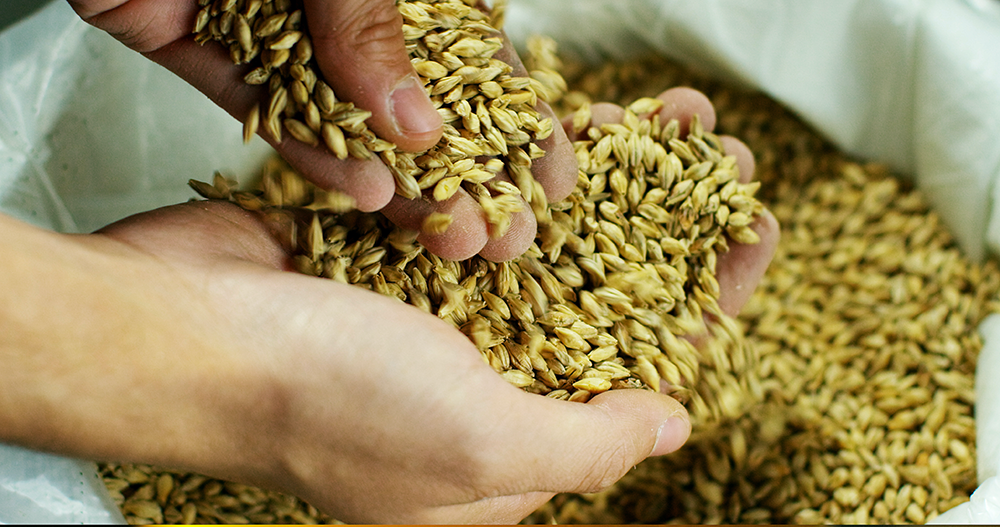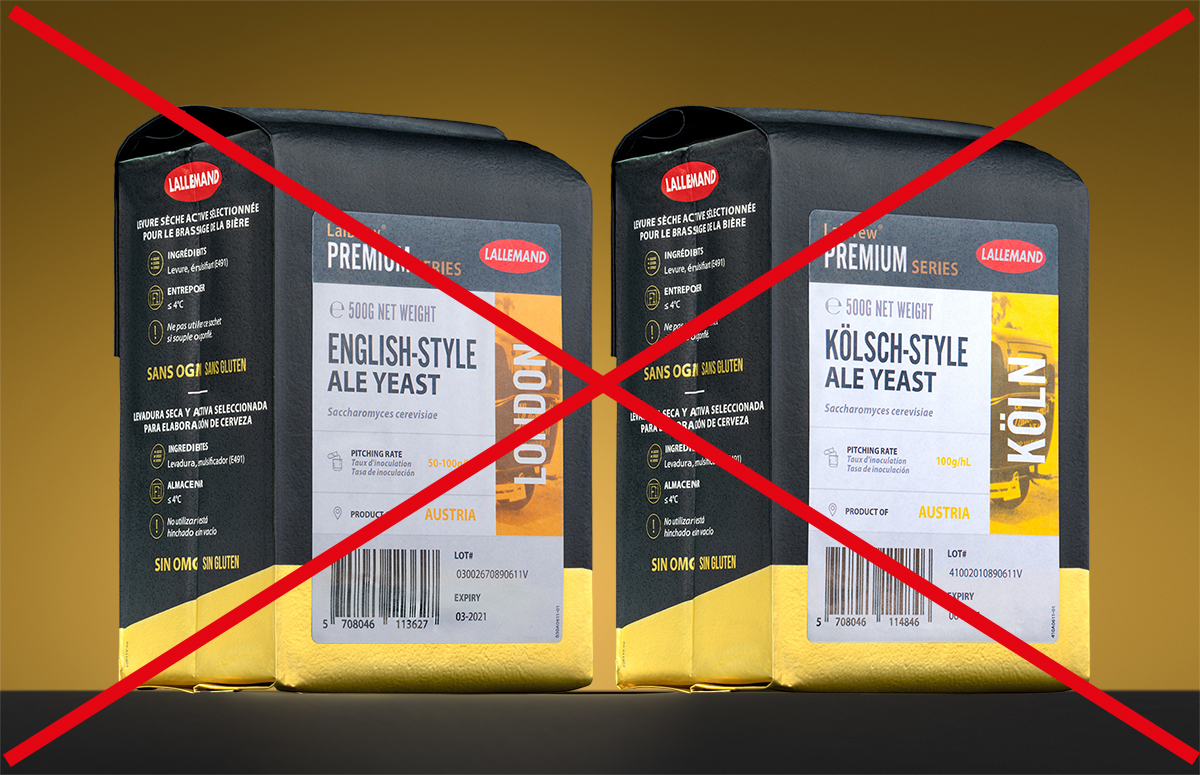
Shelf Life, Storage and Pitching Rate
DRY YEAST PRODUCTION
The quality of Lallemand Premium Brewing Yeast is rooted in the dry yeast production process. The story starts in Montréal, Québec (Canada) where a sample is taken from the Lallemand Yeast Culture Collection and inoculated onto an agar slant tube. This slant is shipped to the production facility in Vienna (Austria) where it is used to inoculate a liquid culture similar to a yeast starter. The cultures are inoculated into progressively larger volumes finishing with a commercial fermentation that is optimized to produce yeast that is robust and rich in nutrients prior to being centrifuged, filtered and dried.
STABILITY = LONGER SHELF LIFE
Dry yeast is 93-96% dry matter by weight. When stored cold and under vacuum to exclude oxygen, dry yeast has a shelf life of 2-4 years (depending on the strain) without a decrease in performance (Figure 1). Storage in the fridge is ideal, but dry yeast is very stable and some exposure to moderate heat will not significantly impact performance. Don’t be surprised if your yeast is delivered without an ice pack, this is normal. After all, the viable cells in the package have already survived some heat exposure during the drying process.
Viability decreases rapidly after exposure to air and moisture, so do not use packages that have lost vacuum. Opened packs should be immediately re-sealed, stored in the fridge and used within 3 days. If the opened package is immediately resealed under vacuum then it can be stored in the fridge until the indicated expiry date.

STABILITY = QUALITY
After production, dry yeast samples are sent to the Quality Control lab. Since dry yeast samples are stable, these samples are able to undergo a battery of tests over several weeks including genetic analysis (including testing for the presence of the STA1 gene), biochemical composition, microbiological purity, fermentation performance and sensory panel. The remarkable stability of dry yeast allows samples to be tested more thoroughly than is possible for any liquid yeast culture. This ensures that only the highest quality yeast makes it to the brewery. Each LalBrew® yeast production contains fewer than one wild yeast or bacteria per million viable brewing yeast cells. Dry yeast can be pitched directly into wort or rehydrated according to instructions on the package – either method is acceptable for any beer style.
STABILITY = CONSISTENT PITCH RATES MADE EASY
Ditch the microscope! Since dry yeast is stable, there is no change in performance over time (Figure 1). The main reason to count cells is to achieve consistent fermentation results from one brew to the next. With dry yeast, this can be accomplished simply by measuring the yeast by weight. There is no need to count yeast cells when using dry yeast.
In fact, using the viability of an average dry yeast sample (>5 billion viable cells per gram) with an average pitch rate calculator can result in significant overpitching. While liquid yeast cultures are depleted of nutrient reserves at the end of fermentation, dry yeast is conditioned to be high in nutrients just prior to filtration and drying. This results in more efficient cell division and more rapid fermentations. Simply put, a dry yeast cell does not equal a liquid yeast cell, so you can’t use the same calculators.
For consistent performance, simply measure the yeast pitch by weight according to the recommended range for that strain (grams per liter), or consult our pitch rate calculator optimized for LalBrew® Premium Dry Brewing Yeast. Dry yeast can be pitched directly into wort or rehydrated according to instructions on the package – either method is acceptable for any beer style.
* Benieuwd naar de droge gisten van Lallemand Brewing? Bekijk ze hier.


